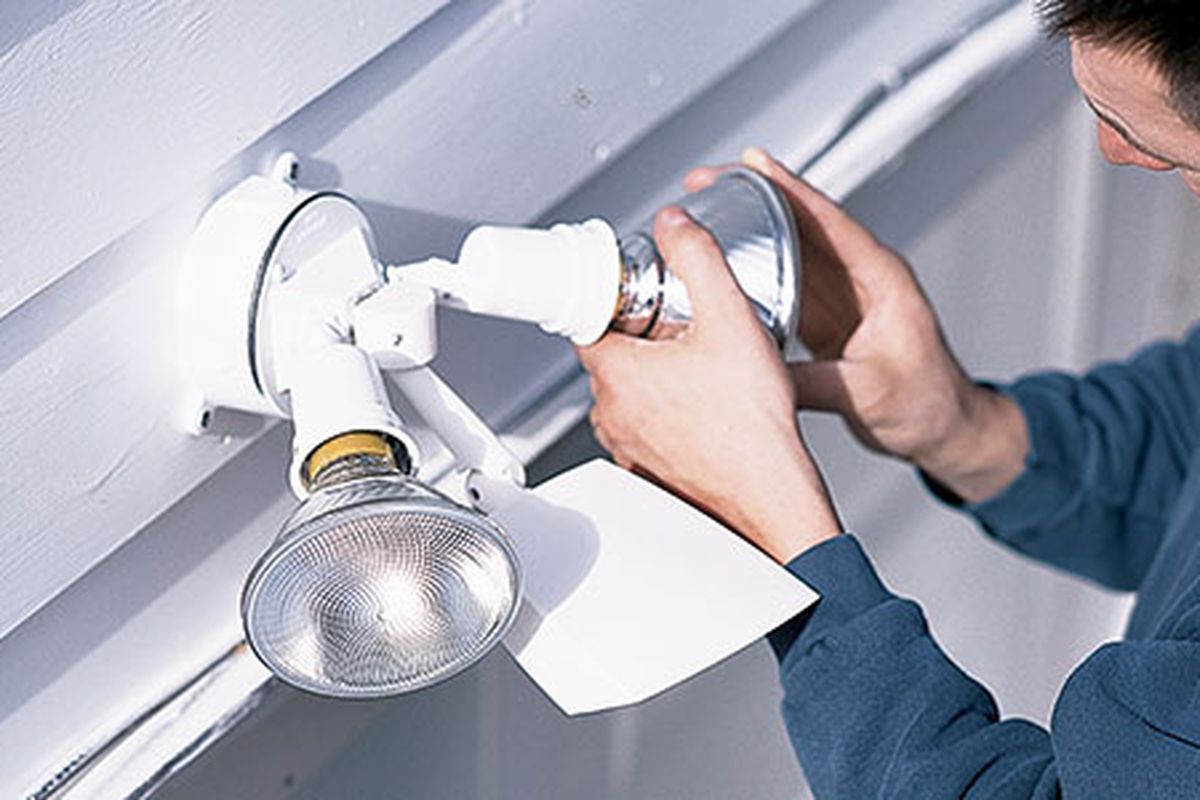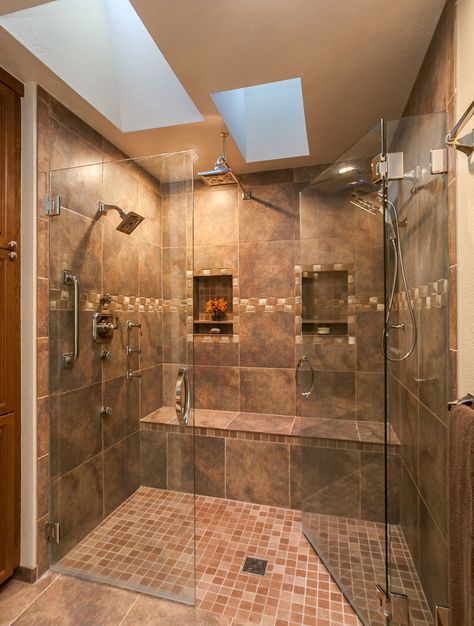
A home equity mortgage may be a good choice if you're thinking about a remodel. This loan can pay for your project and is a smart option to finance it. In fact, interest on a home equity mortgage is typically tax-deductible. You should shop around for the best home equity loan rate. Although the terms and rates can be very different, choosing the right lender will save you money over the long-term.
Fixed-rate home equity loans are available for those with excellent credit scores. This type of loan offers you the peace of mind of knowing exactly how much you will pay every month. If you're remodeling in stages, a variable-rate HELOC might be a better option. This loan can be taken out in smaller amounts, and is flexible. If you're considering a loan to your home equity for remodeling, however, it is important to consider the interest rates.
If you're looking for a loan to finance major home renovations, a home equity mortgage may be the right choice. While you won't necessarily need all the money borrowed to complete the project, it will help you save on materials and labor costs. A home equity line credit may also be an option. Home equity lines of credit are a great way to get the money you need quickly and without the hassle of applying traditional loans. You'll have more flexibility with this type of loan, but you will be charged interest for the amount you draw during the draw period.

When it comes to financing a home remodel, home equity lines of credit and home equity loans are the most common options. HELOCs can be used to borrow up to 80 per cent of your home's worth. They will require a fixed interest rate and monthly payments, and will last for between five and twenty years. You must show proof of income and the reason you are applying for a line credit. To finance your project, you should be eligible for a home equity loan.
Home equity loans are a debt that will eventually have a repayment. It's important to note that a home equity loan can also help you renovate your home by increasing the value of your property. If you are a homeowner, a home equity mortgage may be something you should consider. But, make sure you read all terms and conditions carefully. You can speak to a financial adviser if you have any questions.
FAQ
Do you prefer to do walls or floors first?
It is the best way to begin any project. It is important that you think about how and who you want to use the space. This will help determine if flooring or wall coverings are best.
You may want to lay flooring before you create an open-plan kitchen/living space. You can also choose wall coverings if you want to make the room private.
Is it better to hire a general contractor or a subcontractor?
The cost of hiring a general contractor can be higher than that of a subcontractor. A general contractor often has many workers, which means they can charge their clients more for labor. On the other hand, a subcontractor only hires one employee, so he or she charges less per hour.
How much does it set you back to renovate your house?
Renovations are usually between $5,000 and $50,000. Renovations can cost homeowners anywhere from $10,000 to $20,000
Is it worth the extra cost to build or remodel a house?
There are two choices if you are thinking of building a new house. You can buy a pre-built house. This type of home is already built and ready to move in to. You also have the option to build your home from scratch. To build your dream home, you will need to hire an architect.
How much time and effort you put into designing and planning your new home will determine the cost. You'll probably need to do the majority of the construction work yourself if you build a custom home. This will require more effort. But you can choose the materials you want and where you want them to be placed. It might be simpler to find a contractor specializing in building custom homes.
A new home is typically more expensive than one that has been renovated. Because you will need to pay more money for the land and any improvements made to the property, this is why a new home is usually more expensive. Additionally, permits and inspections will be required. The average price difference between a new home and one that has been renovated is between $10,000 and $20,000.
How Much Does it Cost to Renovate a House?
Cost of renovations depends on the material used, how large the job is and how complex it is. Some materials, like wood, need special tools like saws and drilling while others, like steel require no additional tools. The price of renovations depends on whether you hire a contractor to do the job or if you are willing to do the work yourself.
Home improvement projects cost on average $1,000 to $10,000. If you plan to hire professionals, the total cost would range from $5,000 to $25,000. You could also spend as much as $100,000 if you do it all yourself.
It is important to know that renovation costs can be affected by many factors. These include the material used (e.g. brick vs concrete), the size of the project, the number of workers involved, the length of the project, etc. You must always keep these factors in mind when estimating the total cost of renovation.
Statistics
- On jumbo loans of more than $636,150, you'll be able to borrow up to 80% of the home's completed value. (kiplinger.com)
- A final payment of, say, 5% to 10% will be due when the space is livable and usable (your contract probably will say "substantial completion"). (kiplinger.com)
- The average fixed rate for a home-equity loan was recently 5.27%, and the average variable rate for a HELOC was 5.49%, according to Bankrate.com. (kiplinger.com)
- ‘The potential added value of a loft conversion, which could create an extra bedroom and ensuite, could be as much as 20 per cent and 15 per cent for a garage conversion.' (realhomes.com)
- It is advisable, however, to have a contingency of 10–20 per cent to allow for the unexpected expenses that can arise when renovating older homes. (realhomes.com)
External Links
How To
How do I plan a whole house remodel?
Planning a whole-house remodel requires planning and research. There are many things you should consider before starting your project. The first thing you need to decide is what kind of home improvement you want to make. There are several categories you can choose from, such as bathroom, kitchen, bedroom, living area, and so on. Once you have decided which category you wish to work in, you will need to determine how much money you have to spend on your project. If you don't have experience with working on houses, it's best to budget at minimum $5,000 per room. You might be able get away with less if you have previous experience.
Once you have established how much you are able to afford, you will have to decide on how big a job to do. You won't be capable of adding a new floor, installing a countertop, or painting the walls if your budget is limited to a small remodel. However, if enough money is available to complete a kitchen renovation, you should be able handle most things.
Next, find a contractor that specializes in the project you are interested in. This will ensure you get quality results and save you a lot of hassle later. You should begin gathering materials and supplies after you've found a competent contractor. You might need to make everything from scratch depending upon the size of your project. However, there are plenty of stores that sell pre-made items so you shouldn't have too much trouble finding everything you need.
Once you've collected all the materials you will need, you can begin to plan. First, you'll want to draw up a rough sketch of where you want to place furniture and appliances. Next, plan the layout. It is important to allow for electrical and plumbing outlets. Visitors will be able to easily reach the areas that are most frequently used near the front doors. Final touches to your design include choosing the right colors and finishes. In order to avoid spending too much money, stick to neutral tones and simple designs.
Now it's time to build! Before you begin any construction, make sure to verify your local codes. While some cities require permits, others allow homeowners to construct without them. First, remove all walls and floors. Next, you'll need to lay plywood sheets in order to protect your new floors. Next, you'll attach the wood pieces to the frame of your cabinets. You will attach doors or windows to the frame.
You'll need to finish a few final touches once you're done. Covering exposed pipes and wires is one example. To do this, you'll use plastic sheeting and tape. You'll also want to hang pictures and mirrors. You should always keep your work area clean.
This guide will show you how to create a functional, beautiful home. It will also save you a lot of money. Now that you know how to plan a whole house remodeling project, you can go ahead and get started!